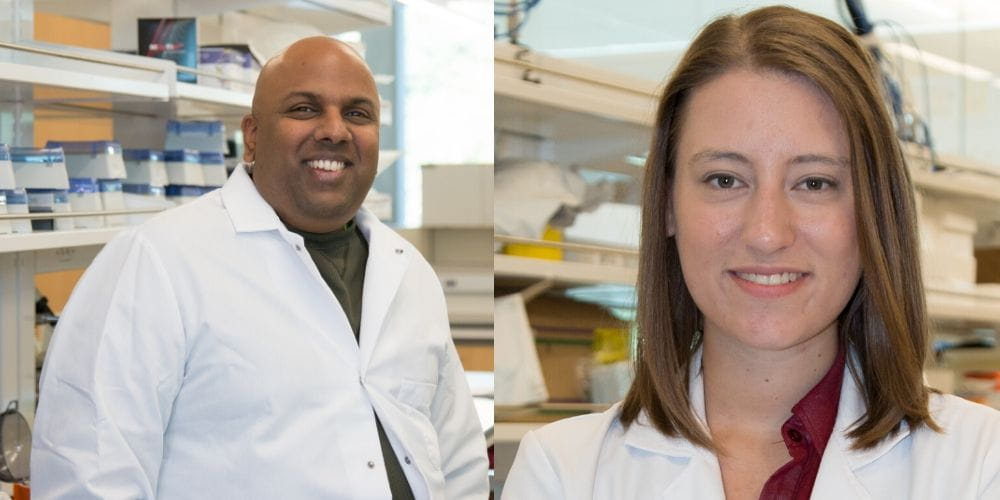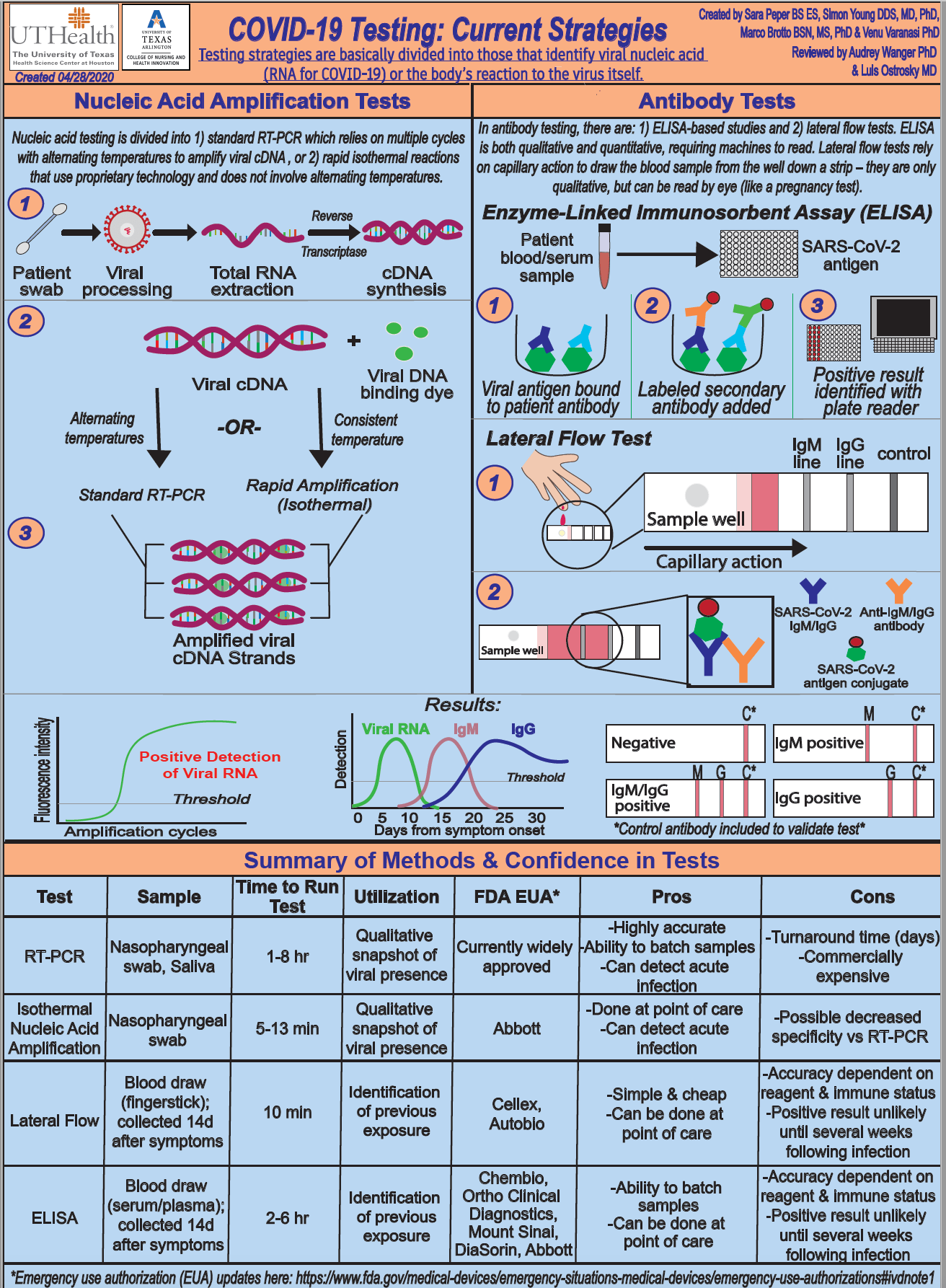Amid pandemic, UTA helps clinicians help themselves

As health care workers have fought on the front lines of the COVID-19 pandemic, they simultaneously have been rapidly investigating how best to detect and treat the disease.
Effectively evaluating this sea of information in a time of heightened care and precautions can be a challenge. That’s why The University of Texas at Arlington partnered with the University of Texas Health Science Center in Houston (UTHealth) to help health care providers make the best decisions to protect themselves and their patients.
Simon Young, UTHealth School of Dentistry assistant professor of oral and maxillofacial surgery, needed help developing COVID-19 testing protocols to assist health care providers in making informed decisions during the re-opening of outpatient surgery and services at the university and its partner hospitals. So he turned to long-time collaborator Venu Varanasi, associate professor in the Bone Muscle Research Center at UTA.
“As health care workers are faced with regularly testing themselves and widely testing all patients, I understood that people on the ground were unaware of the types of testing and the pros and cons associated with each,” Young said. “I knew I could count on Dr. Varanasi and his team to help me create something that would be easy for health care providers and their assistants to digest on a tight deadline.”
The result is an infographic outlining the current COVID-19 testing strategies with the pros and cons associated with each. Young and Varanasi said the project distills a host of complicated information to protect health care providers and help them identify the best testing strategy for their practice and service.

Varanasi, who holds a dual appointment in UTA’s College of Nursing and Health Innovation and in the College of Engineering, saw the collaboration as an opportunity for his team of students to understand an often unexpected aspect of health care work.
“It is critical to be able to communicate with health care providers in an effective way, and I believe we’ve demonstrated that here,” Varanasi said. “Having our nursing students graduate with an understanding of this as an important element of service is invaluable.”
As the pandemic unfolded, Sara Peper, a bioengineering graduate student in Varanasi’s lab, assumed the best way she could contribute to the health of the state and nation would be by staying home and following self-quarantine guidelines. Instead, Varanasi and Young called upon Peper, an accomplished scientific presenter, for help.
Peper applied her knowledge of molecular testing strategies in Varanasi’s lab to distill COVID-19 testing strategies into an easy-to-follow guide for health care workers.
“This was a major opportunity for Sara and our team to see the impact and depth of not only the challenge our industry faces in a time like this, but also of their skillsets. They can understand the number of ways they can serve the community,” Varanasi said.
As the team’s infographic makes its way through major hospital systems, clinics and local health departments, its creators say they hope it brings the best possible information to clinicians.
“We don’t want our health care providers to put themselves in a compromised situation that could prevent them from caring for patients,” Varanasi said. “There is a great amount of anxiety in this time, which can complicate treatments and recovery. Our ultimate goal is to cut through that and reduce it as we move toward healthier, safer communities.”
Other collaborators on the project include:
- Marco Brotto, George W. and Hazel M. Jay Professor in UTA’s College of Nursing and Health Innovation
- Mark E. Wong, professor and Bernard and Gloria Katz Chair of Oral and Maxillofacial Surgery at UTHealth
- Luis Otrosky, professor and vice chairman of internal medicine at UTHealth’s McGovern Medical School
- Audrey Wanger, professor of pathology and laboratory medicine at UTHealth